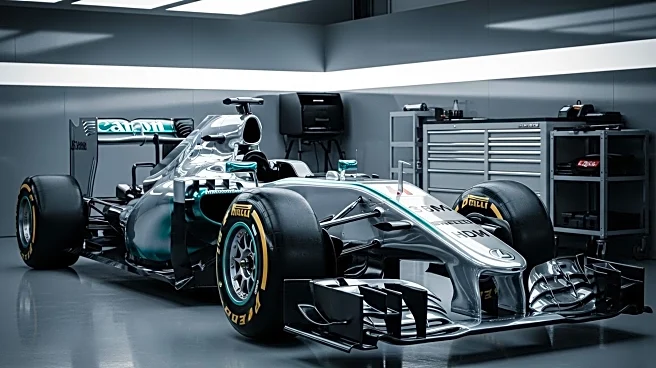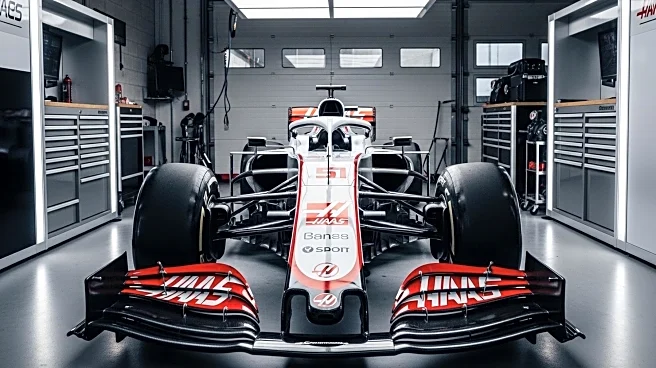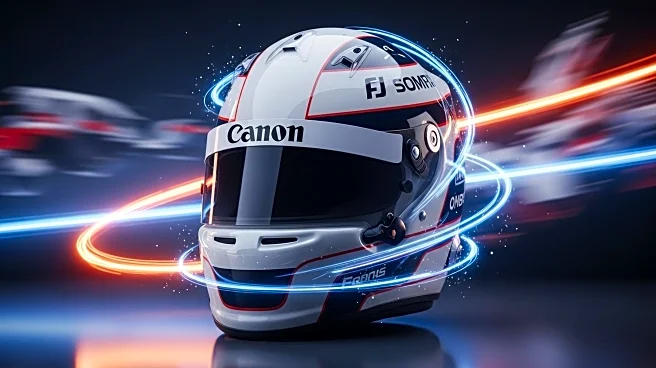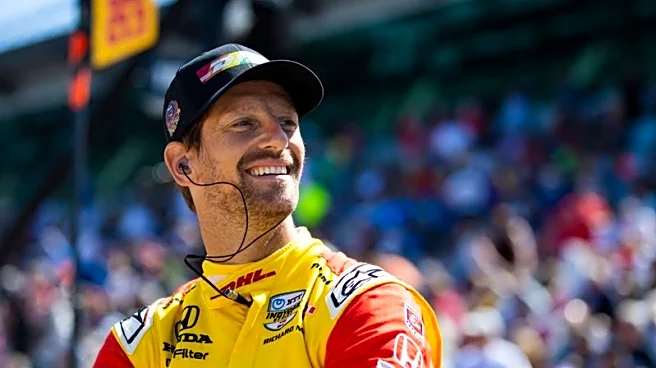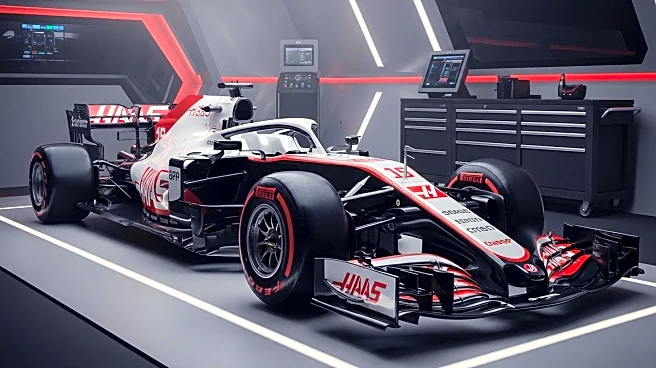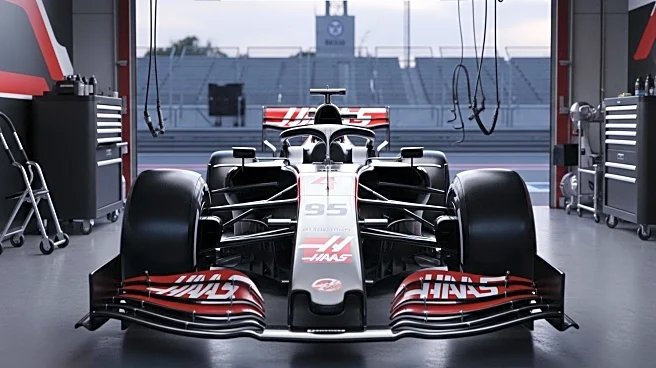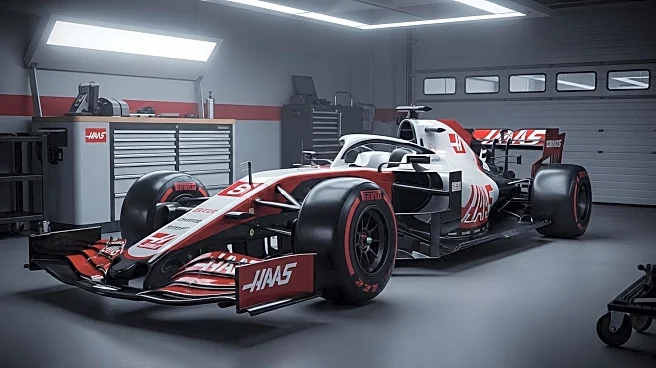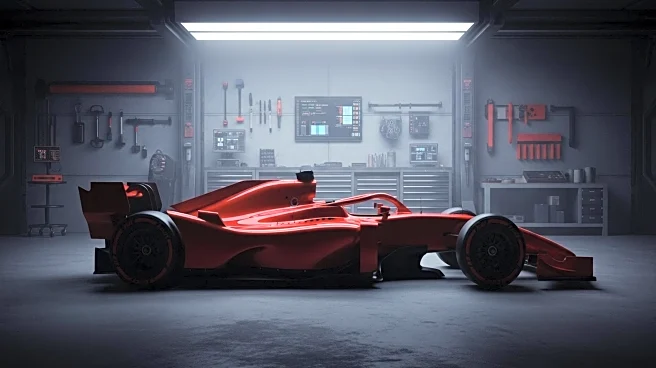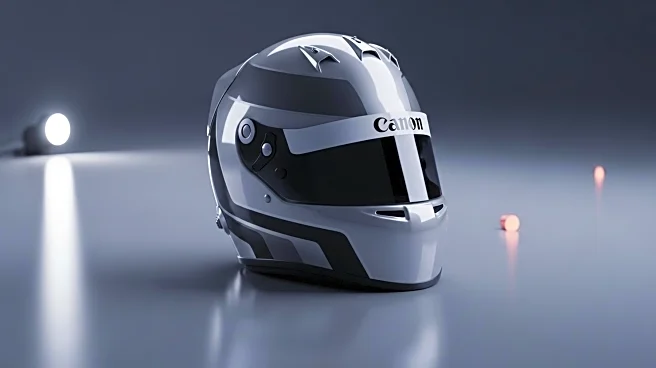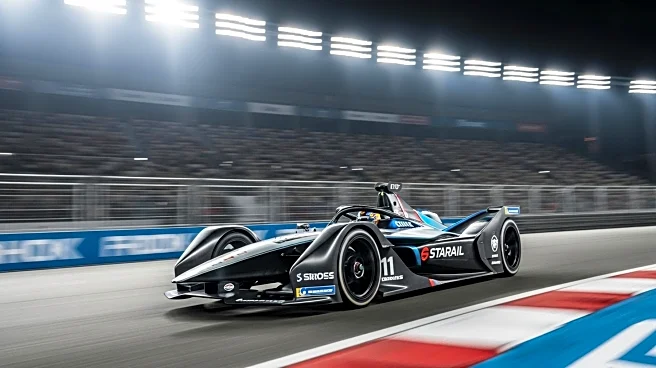What's Happening?
Romain Grosjean will drive a Formula 1 car for the first time since his escape from a fireball crash at the 2020 Bahrain Grand Prix. The crash involved his Haas car splitting in two and catching fire, but Grosjean managed to escape with burns to his hands. Grosjean will participate in a test at the Mugello circuit in Italy, driving Haas's 2023 VF-23 under the Testing of Previous Cars rules. Grosjean expressed gratitude to Haas and team principal Ayao Komatsu for the opportunity, emphasizing the emotional significance of returning to F1 with his former team. The test will reunite Grosjean with former colleagues and allow him to wear a helmet designed by his children.
Why It's Important?
This test is a pivotal moment for Grosjean, providing closure after his abrupt departure from F1 due to the crash. It highlights the resilience of athletes and the importance of safety in motorsport. For Haas, the event is an opportunity to engage with their heritage program and demonstrate their support for former drivers. The test also serves as a reminder of the advancements in F1 safety protocols, which played a crucial role in Grosjean's survival during the crash.
What's Next?
Grosjean's test may lead to further opportunities in motorsport, potentially influencing his career trajectory in IndyCar and sportscar racing. For Haas, the event could strengthen their heritage program and foster collaborations with former drivers. The test may also spark discussions within the F1 community about safety innovations and the importance of supporting drivers post-career.
Beyond the Headlines
Grosjean's return to F1 underscores the emotional and psychological aspects of recovery from traumatic events. It highlights the human element in sports, where athletes face both physical and mental challenges. The test at Mugello may inspire discussions on how sports organizations can better support athletes in their recovery journeys.

